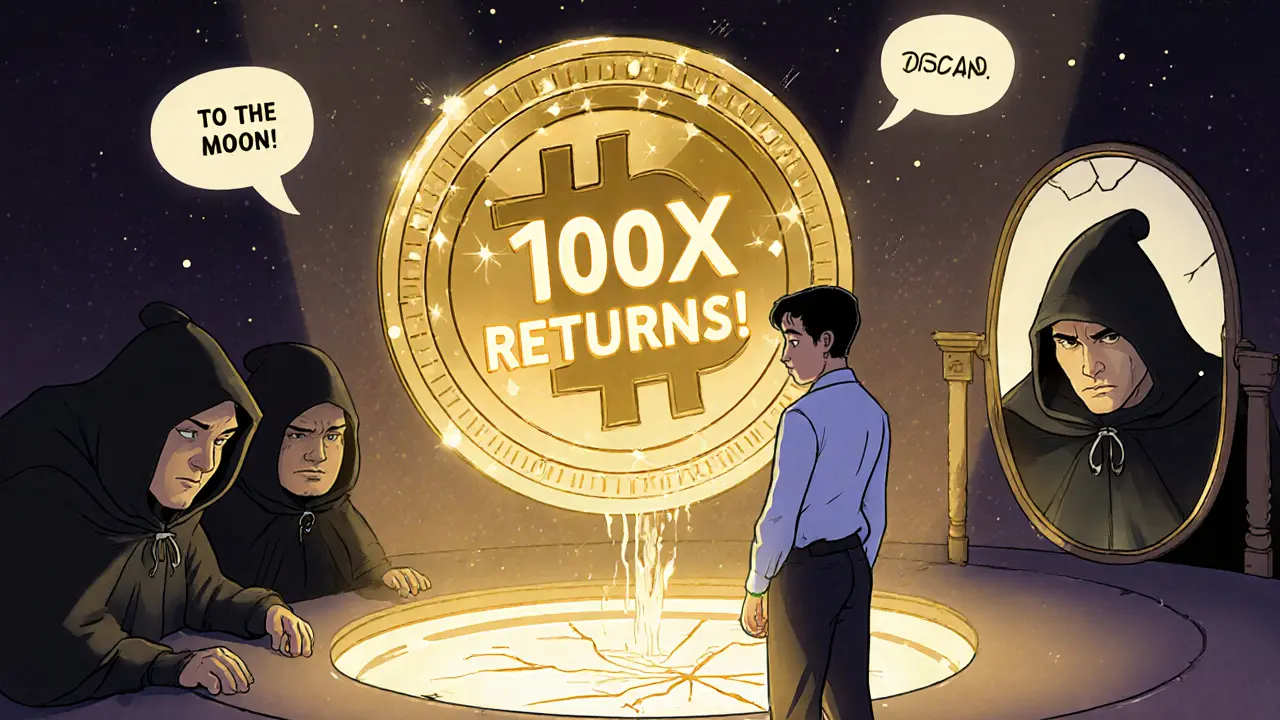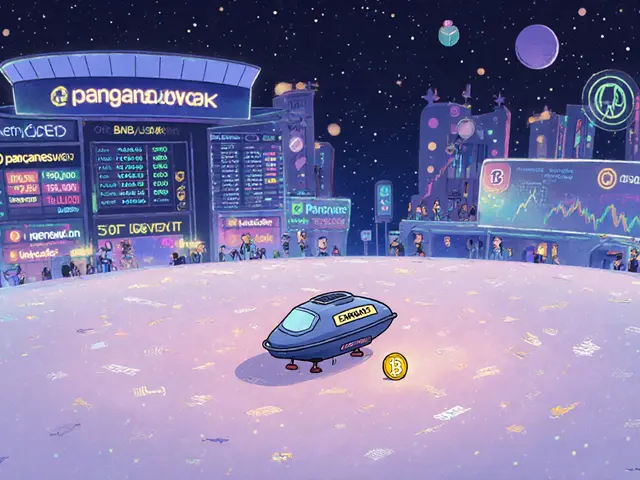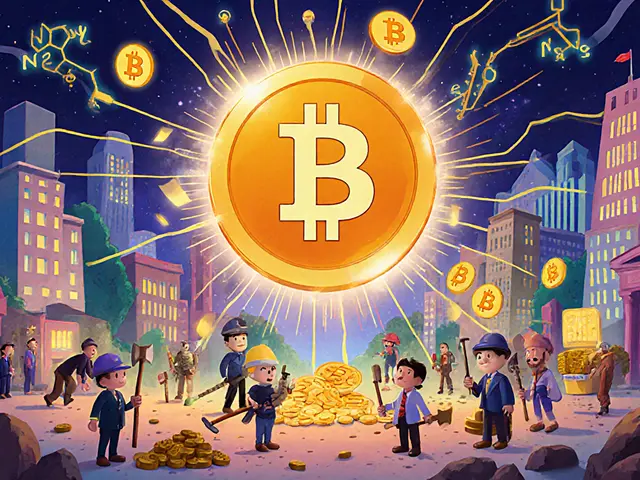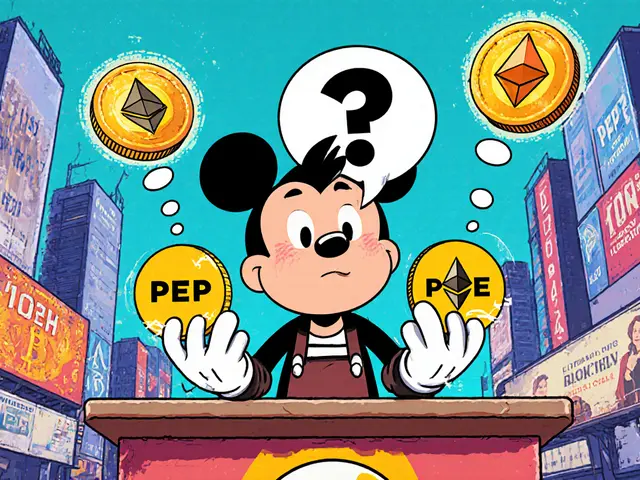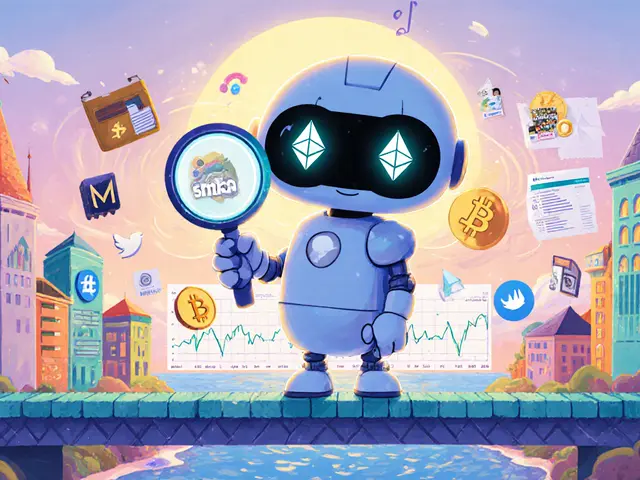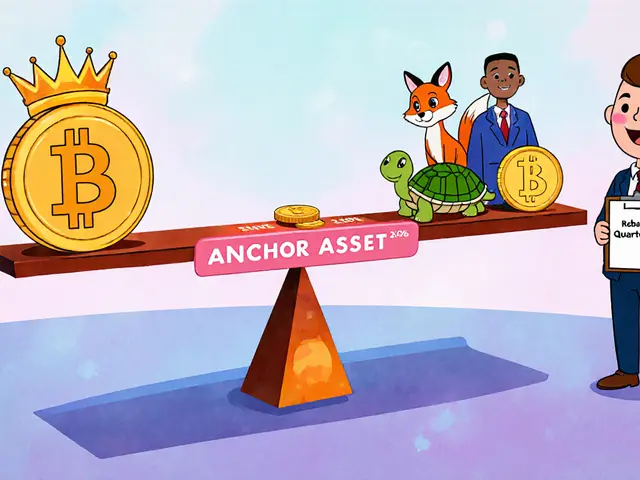Learn how to spot rug pull red flags in crypto projects before you invest. Key signs include anonymous teams, fake audits, locked liquidity, and unrealistic returns. Protect your funds with smart research.
Rug Pull in Crypto: How to Spot and Avoid Scam Tokens
When you hear rug pull, a type of crypto scam where developers abandon a project and drain all the liquidity. Also known as liquidity drain, it’s one of the most common ways investors lose money in DeFi. It doesn’t always look like a crime—sometimes it’s hidden behind fake roadmaps, influencer shills, and polished websites. But the outcome is always the same: your tokens become worthless, and the devs disappear with millions.
Most rug pulls happen on new DeFi projects, decentralized finance platforms that let users lend, borrow, or trade without intermediaries. They lure people in with high APYs, fake partnerships, or airdrops tied to CoinMarketCap. Projects like Elemon (ELMON) and Daisy Launch Pad (DAISY) started with hype but collapsed into zero-volume tokens with no development. These aren’t failures—they’re intentional exits. The same pattern shows up in fake exchanges like Baryon Network, which had a clean UI but no users, no updates, and no liquidity. That’s not incompetence. That’s a setup.
How do you avoid this? Look for three things: locked liquidity, verified contracts, and active teams. If the liquidity isn’t locked for months—or worse, if the team holds the keys to the pool—you’re already at risk. Check if the contract has been audited by a known firm like CertiK or Hacken. And if the developers are anonymous or use Discord handles like "CryptoKing99," run. Real teams have LinkedIn profiles, public GitHub commits, and consistent communication. A smart contract, a self-executing code on a blockchain that runs when conditions are met can be written to trap your funds. That’s not a bug—it’s a feature in a rug pull.
You’ll find posts here that break down real cases: the Wombex WMX airdrop that was legit, the Vodra VDR drop that wasn’t a scam, and the TokenBot fakes that looked real. We cover what to check before you click "Connect Wallet," how to read on-chain data to spot unusual withdrawals, and why some "airdrops" are just traps in disguise. This isn’t about fear—it’s about awareness. The crypto space is full of opportunity, but only if you know where the landmines are.
